Advocacy marketing is vitally important around the world, especially in the age of social media, but it’s particularly crucial for brands operating in China. Chinese are hypersensitive to the approval and disapproval of family, friends, and colleagues. “What will others think?” is an important question to the Chinese consumer. The norms that emphasize the importance of social connections extend to commerce and transactional relationships. To master commerce in China, it is essential to design systems that compound the value of each acquired customer by leveraging their desire for group affirmation.
Retention Loops
Marketing to Chinese consumers requires a long-term approach. Brands must drop the elevator pitch and slow down to explain the value of their products. Often, this means investing in educating the consumer on the broader product category, not just the brand’s product itself. Brands need to apply similar nuance to building and continuing to develop relationships with consumers. This means reaching out to the consumer on a deeply personal level, engendering trust and affinity between brand and consumer.
The above applies to all marketing efforts in China, but these principles are particularly pertinent to advocacy marketing. Customer acquisition is expensive, and Chinese consumers take a lot of time over that journey from the first encounter with the brand to completing their first purchase. Losing consumers after one purchase is an incredible waste. The alternative—and this is the goal of retention marketing—is repeat purchasing, long-term loyalty, and consumer-led advocacy that yields compounding returns.
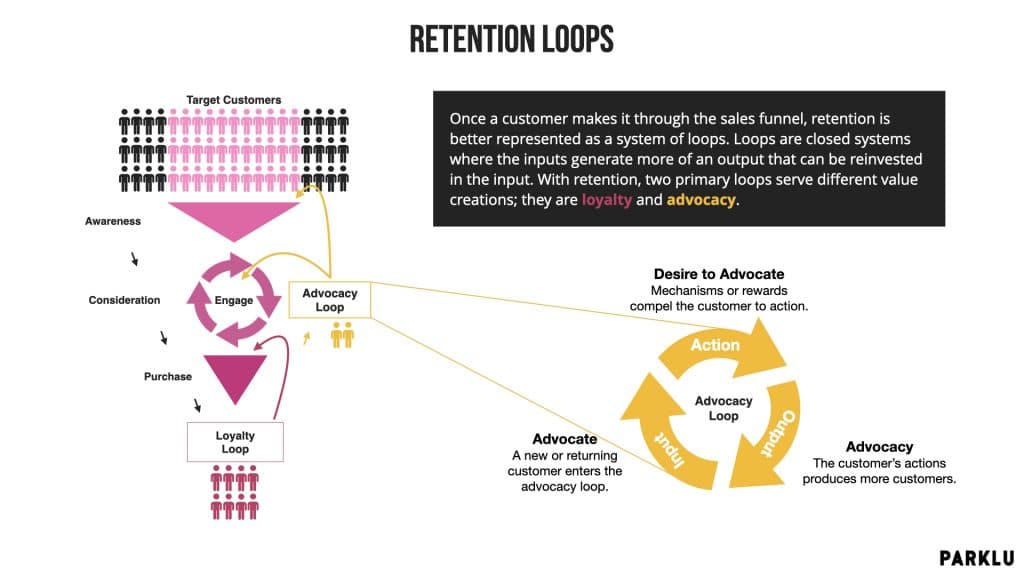
Marketers have traditionally thought of their work in terms of the AARRR funnel: Acquisition, Activation, Retention, Referral, and Revenue. However, that model’s conception of marketing as a one-way funnel overlooks an important aspect of the relationship between brand and consumer, one that has an important application in long-term retention marketing. The AARRR framework envisages an output from the brand’s marketing efforts but sees the output as an end in itself. Critics say this oversight not only misunderstands the relationship between brand and consumer, but the linear logic of AARRR also leads to waste as brands manically feed the funnel rather than engaging the more organic power of compounding retention.
The key to clever retention marketing involves the brand conceptualizing the last stages of AARRR funnel as system compounding loops. To take the analogy to its most granular level, a brand might think of its relationship with each individual customer as an independent loop. Within each of these loops, the output feeds into the input. The brand’s task is to design systems that ensure outputs naturally flow into inputs. Well-managed retention loops will deliver compounding returns that increase value for both brand and consumer.

Compounding advocacy marketing
Brands should focus on cultivating two separate loops that pay off in different ways. The first is loyalty, which reflects the brand’s capacity to inspire the consumer’s sense of affection or affinity for the brand and its products. As loyalty grows, the first-time consumer transforms into a repeat customer who will stick with the brand, even as its competitors cut prices and introduce new products and features. Igniting this emotional response to the brand can be particularly critical in markets where commoditization has taken hold and otherwise hollowed out the significance of innovation and product features. Retention marketing initiatives designed to turbocharge loyalty can drive up the lifetime value (LTV) of each customer.
Advocacy marketing is related to loyalty but serves a different purpose. The loyal customer returns to the brand time and again. The advocate is likely to display loyalty to the brand, but the advocate takes their support a step further by championing the brand’s message and products to the people around them. These customers are like proxy members of the marketing team, spreading the word and helping the brand’s message reach private corners the brand’s marketing may otherwise not reach. Marketers in China are devoting increasing resources to identifying and leveraging the influence these Key Opinion Consumers (KOCs) have over friends and family, both in online and offline spaces.
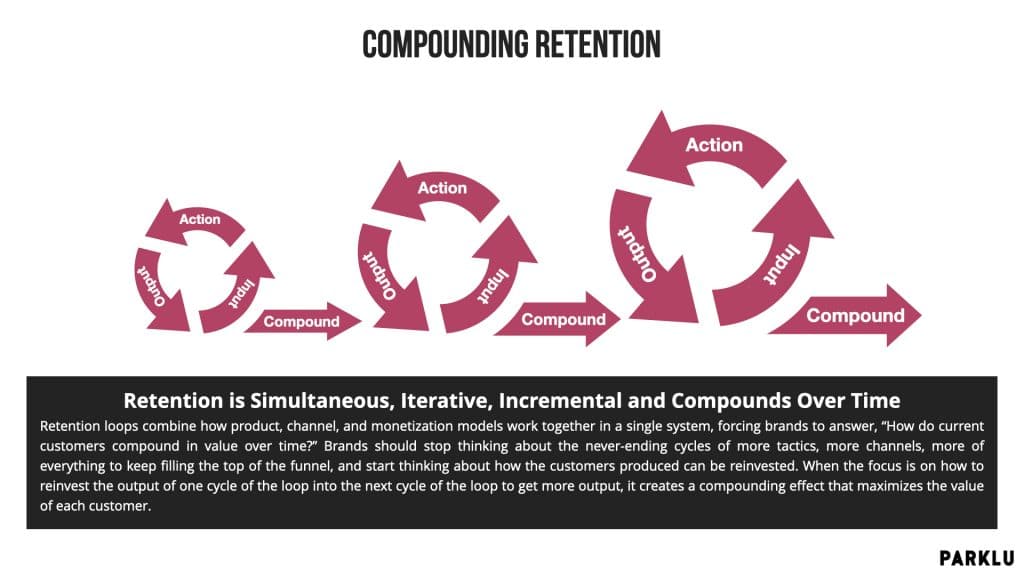
What can brands do to leverage advocates?
Brands can get drawn into an exhausting, resource-draining pattern of believing they need to be present on every channel at all times. And yet, with the exception of brand-owned platforms like websites and brand apps, it’s usually the channel that sets the rules of engagement. This makes the dance doubly exhausting, as the brand tries desperately to keep pace while the channels change step without warning.
Advocacy marketing needs to be thought out and designed, just like a buyers’ journey. There are three simple questions to ask:
- At what point does a customer enter an advocacy loop?
- What mechanisms or awards are in place to motivate advocacy?
- How do customers’ actions produce compounding results?
Retention loops weave in the product, channel, and monetization models into a system that is focused on leveraging the latent value of the consumer. By focusing on the brand-consumer relationship, the brand replaces the old obsession with feeding the AARRR funnel with a more responsive, iterative, and incremental system that yields greater rewards for both brand and consumer.
PARKLU’S NEW APP FEATURES:
Analytics: track & compare performance data
Search: discover KOLs from a curated database
Profiles: explore in-depth KOL insights
Chat: communicate directly with KOLs
… more


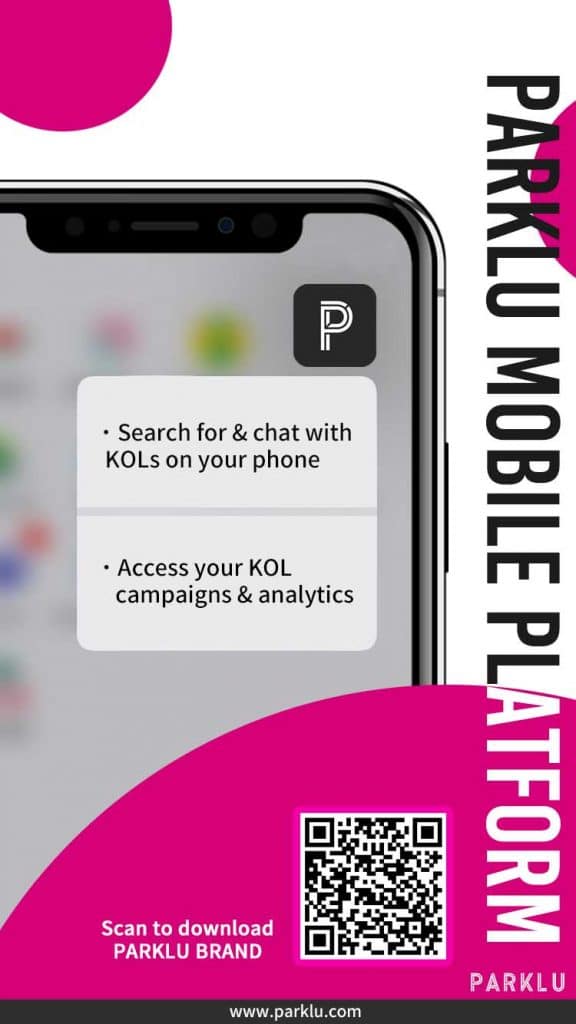
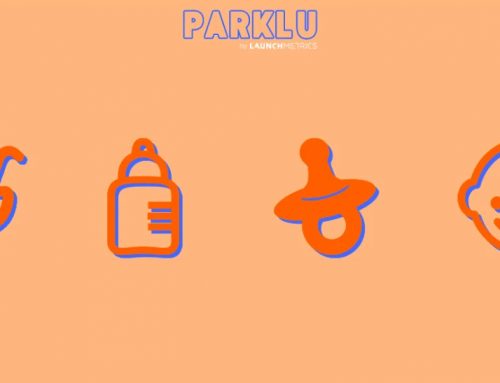


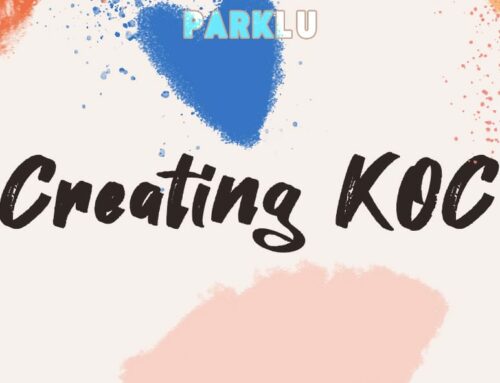



Leave A Comment